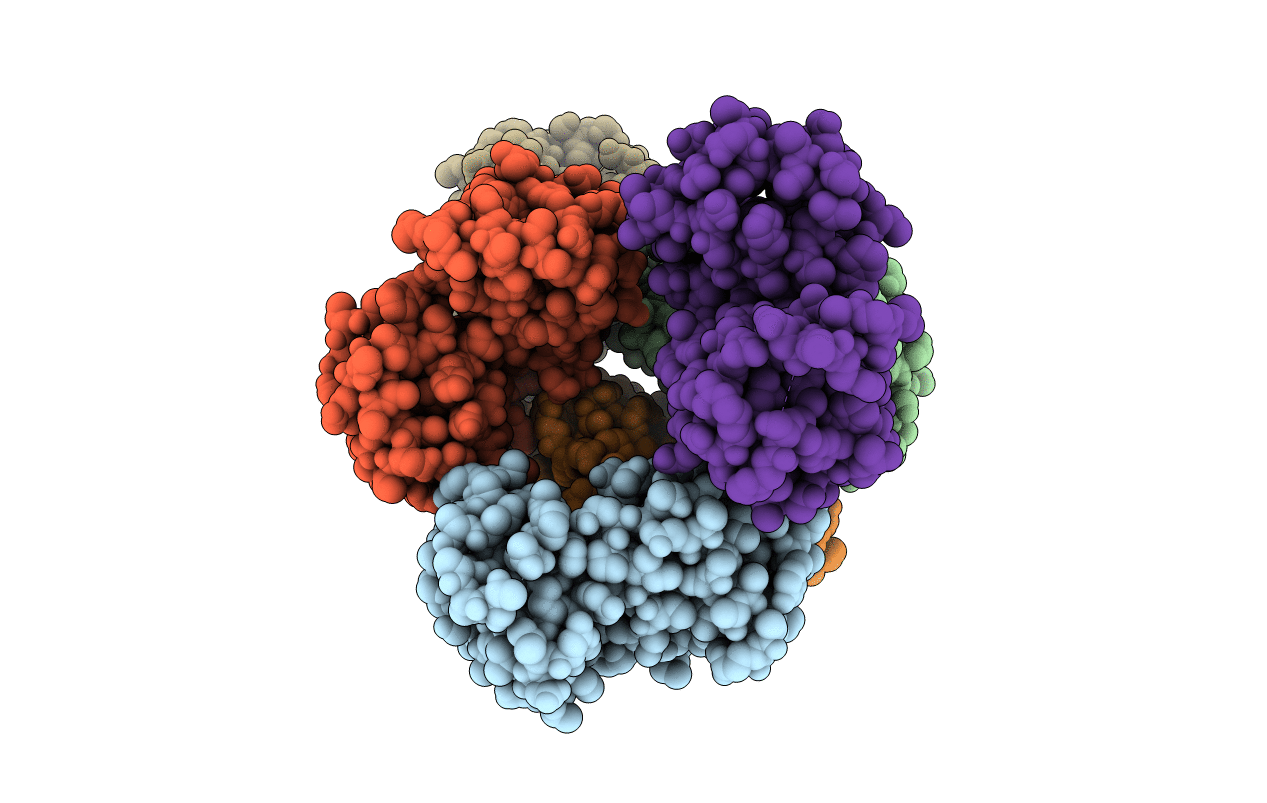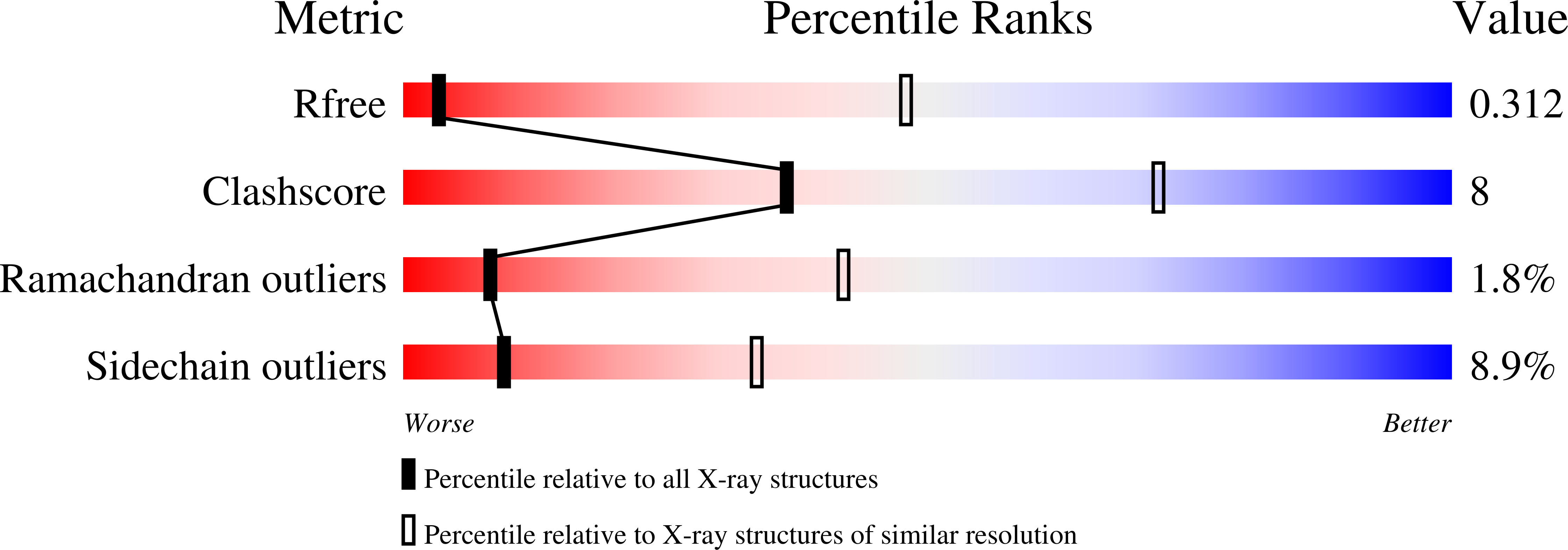
Deposition Date
2021-08-05
Release Date
2022-05-11
Last Version Date
2024-02-07
Entry Detail
Biological Source:
Source Organism:
Human herpesvirus 8 (Taxon ID: 37296)
Host Organism:
Method Details:
Experimental Method:
Resolution:
4.20 Å
R-Value Free:
0.27
R-Value Work:
0.22
R-Value Observed:
0.22
Space Group:
C 1 2 1


